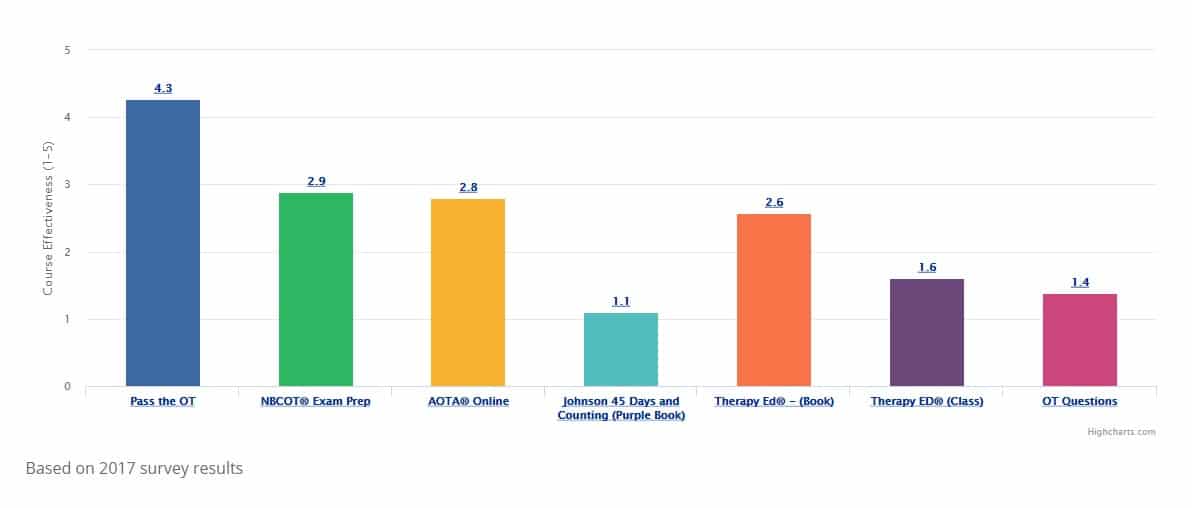DIAGNOSIS – diagnosis/diagnoses
Ask yourself: What can I expect based on the diagnosis/diagnoses?
E.g. TBI – you can expect both physical and cognitive difficulties (personality changes, loss of inhibition, depression, visual perceptual difficulties, mobility issues, difficulty with ADLs)
If there is more than one diagnosis/deficit, your answer should address all diagnoses/deficits.
AGE – age of the patient (baby vs. senior)
Ask yourself: What stage of life is the patient in?
This will help you decide on which approach you should use for this patient.
E.g. A child with CP has the possibility of making progress due to plasticity of the brain. Whereas, an adult with Alzheimer’s disease is not able to make progress in their functional and cognitive abilities.
SETTING – inpatient, outpatient, cardiac rehab unit, psych ward, schools etc…
Ask yourself: Where am I assessing/ treating the patient?
E.g. A patient in an inpatient unit would typically need acute intervention whereas, a patient in an outpatient setting would need long term rehabilitation.
HOW – what are your goals
Ask yourself: How can I help this patient?
E.g. Splinting to reduce spasticity, energy conservation techniques for a patient undergoing cardiac rehab …
BEST CLINICAL JUDGEMENT – using your clinical judgement will help you decide on the best type of intervention
Ask yourself: What is the best intervention for the patient in order to achieve your and their goals?
OT PROCESS – Consultation, screening, evaluation, goal setting, intervention, or discharge
Ask yourself: At what stage is this scenario taking place?
E.g. A screening is not an in depth evaluation, therefore using a standardized assessment is not indicated.
ACTIVE PARTICIPATION – intervention should always be client based.
Ask yourself: What meaningful intervention can I select to ensure that the patient actively participates in the therapy process.
E.g. If it has been identified that the patient enjoys a particular type of activity, then choosing the same type of activity as part of your intervention is likely to entice the patient to be actively involved in their treatment.
READ CAREFULLY – read question and all answer choices
Before answering a question, read through the question carefully – make sure you understand what is being described and what is being asked of you. Read each answer choice to understand what your choices are.
If you are asked for a recommendation then you need to only give a recommendation.
DESCRIPTIVE WORDS – take note of words such as best, most, next…
This is crucial in determining your answer.
E.g. if you are asked for the best, this usually indicates that more than one answer is correct and you need to select the BEST answer.
For all questions: Remember all interventions should be client centered and occupation based, and the patient should be kept safe at all times.




